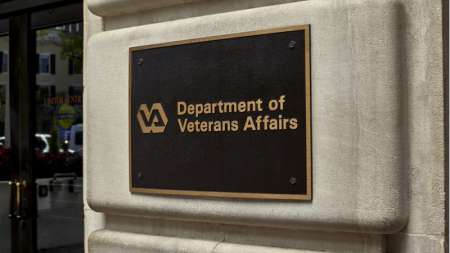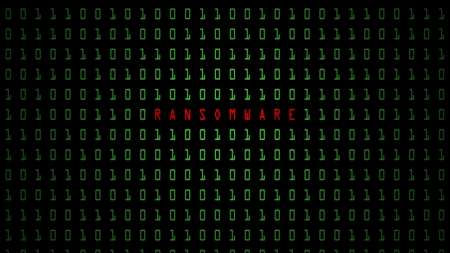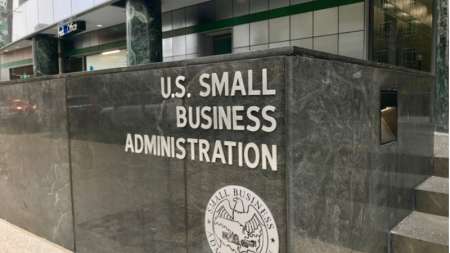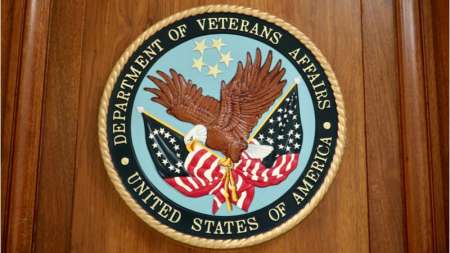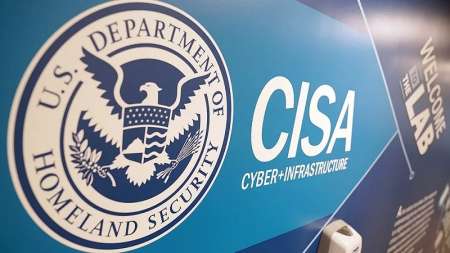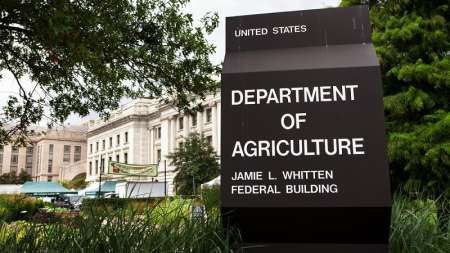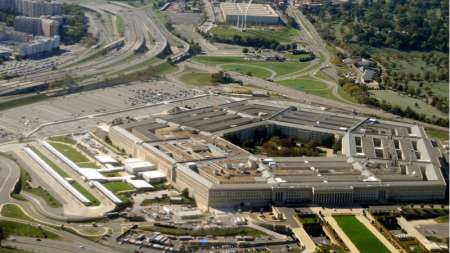President Biden signed into law on Dec. 27 the Strengthening VA Cybersecurity Act of 2022, which requires the Department of Veterans Affairs (VA) to obtain an independent cybersecurity assessment of its most critical information systems, as well as its cyber posture as a whole. […]
Cybersecurity firm Emsisoft’s tally of publicly disclosed ransomware attacks in 2022 included 105 counties, 45 school districts, 44 colleges and universities, and over two dozen healthcare providers. […]
President Biden on Dec. 27, 2022, signed into law the Small Business Cyber Training Act, which requires the Small Business Administration (SBA) to boost its ability to provide cyber planning training, and be more proactive in protecting data and requiring greater transparency of threats and breaches that occur. […]
The new year in cybersecurity is likely to feature at least one old problem – shortages of skilled cyber professionals – but also progress in areas like zero trust security, cloud adoption, and continued adoption of enterprise IT approaches. […]
In IT, as in life, the greatest risks and opportunities are in the shadows. Bipartisan legislation is quietly on its way to President Biden’s desk that could reduce cybersecurity risk at the Department of Veterans Affairs (VA) and create the opportunity for Congress to tackle a growing government-wide problem: the proliferation of IT devices and systems being used without proper approval, commonly known as Shadow IT […]
One of the Cybersecurity and Infrastructure Security Agency’s (CISA) mainstay cybersecurity protection programs got an extended lease on life, along with $91 million of funding, in the fiscal year (FY) 2023 omnibus appropriations bill released by the House and Senate Appropriations committees on Dec. 20. […]
The House and Senate Appropriations committees today unveiled a $1.7 trillion spending bill that would fund Federal government operations for the remainder of Fiscal Year (FY) 2023 that ends next September 30. […]
Building on the May 2021 Cybersecurity executive order, Office of Management and Budget (OMB) memorandum M-22-09 sets out ambitious timelines for Federal agencies to improve cybersecurity. However, many agencies may be closer than they realize to the mandates laid out in M-22-09, particularly regarding multifactor authentication (MFA). […]
The Office of Management and Budget (OMB) has released a new “progress report” on the state of cybersecurity across Federal agencies, just in time for the 15th edition of the FITARA Scorecard issued today by the House Oversight and Reform Committee. […]
The United States can learn important cybersecurity lessons from Ukraine in its war with Russia, a conflict that has not come close to revealing Russia’s full cyber warfare capabilities, a top U.S. Navy cyber official said on Dec. 14. […]
Following up on the May 2021 executive order (EO), which requires Federal agencies to adopt zero trust, the Office of Management and Budget (OMB) issued memorandum 22-09 (M-22-09) in January 2022. It sets forth a Federal zero trust architecture strategy, requiring agencies to meet specific cybersecurity objectives by the end of 2024. M-22-09 also provides specific direction for implementing identity-driven security measures such as multi-factor authentication (MFA) to prevent sophisticated online attacks. […]
“You can’t secure what you can’t see” is a common refrain in cybersecurity circles. It’s echoed in multiple Federal IT mandates, including the zero trust strategy and the event logging memo from the Office of Management and Budget. Gaining comprehensive visibility across agency networks, devices, applications, and identities is no mean feat in today’s diverse and ever-changing IT environments. […]
The Fiscal Year (FY) 2023 National Defense Authorization Act (NDAA) bill released by the House Rules Committee late Tuesday evening features numerous provisions designed to bolster cyber capabilities and operations not only at the Defense Department (DoD), but at other Federal agencies as well. […]
The Department of Agriculture’s (USDA) Rural Utilities Services (RUS) stated in a Federal Register notice that they have implemented the provisions of the 2018 Farm Bill that authorizes the agency, for the first time, to provide loans for stand-alone cybersecurity projects in rural communities. […]
A new report from the Government Accountability Office (GAO) is calling on Federal agencies to better protect critical infrastructure sectors by conducting Internet of Things (IoT) and operational technology (OT) risk assessments, as well as developing better metrics to assess their existing IoT and OT efforts. […]
Google announced on Dec. 1, it’s reinforcing its commitment to support Ukraine in its war conflict with Russia by announcing new steps that the company is taking to support Ukraine. […]
Since July 2021, the Hive ransomware group has victimized over 1,300 companies worldwide and received about $100 million in ransom payments, according to the Federal Bureau of Investigation (FBI). […]
What makes up the cutting edges of Federal government technology right now and taking shape for the years to come? We’re going to find out on December 8 as some of the very best next-tech explorers gather at MeriTalk’s “New & Next: The Government Tech Renaissance” in-person conference at Convene in Washington D.C. […]
The Transportation Security Administration (TSA) is seeking input on ways to strengthen cybersecurity and resiliency in the pipeline and rail sectors, according to the agency’s advance notice of proposed rulemaking (ANPRM) published on Nov. 30. […]
Defense contractors are not required to disclose their cybersecurity effort and waiting on them to voluntarily do so has left gaps in security, a top defense cyber official said on Nov. 16 at Politico’s Defense Summit. […]
While the United States faces a diverse array of threats to national security, Federal officials warned on Nov. 17 that China poses the “greatest long-term threat,” especially when it comes to cyber threats. […]
The Biden-Harris administration’s 120-day cyber apprenticeship “sprint” launched earlier this year has netted some impressive results including the hiring of over 7,000 apprentices, creation of nearly 200 new cybersecurity apprenticeship programs, and the addition of 120 cybersecurity-related occupations to the program. […]
A technology renaissance is sweeping the Federal ecosystem, fueled by growing government support and public-private partnerships that are pushing the boundaries of innovation. […]
A U.S. Marine Corps official said the agency is at a “tipping point” with identity, credential, and access management (ICAM) solutions during the TechNet Indo-Pacific event in Hawaii on Nov. 10. […]
New research from Lookout finds that mobile threats affecting Federal, state, and local governments are on the rise. Lookout, a provider of endpoint-to-cloud security, said that mobile phishing and device vulnerability risks within government agencies has increased since 2021. […]
Federal agencies have until December to implement cybersecurity requirements for Internet of Things (IoT) deceives, Katerina Megas, program manager for the National Institute of Standards and Technology’s (NIST) IoT cybersecurity program, said on Nov 8. […]
As Federal agencies work through the second year of implementing the Biden administration’s cybersecurity executive order issued in May 2021, one benefit not enumerated in the order is coming into view: chief information officers (CIO) and security officials are getting a bigger seat at the table with agency leadership. […]
The National Institute of Standards and Technology (NIST) plans to create a cybersecurity practice guide for the water and wastewater utilities sector, according to an announcement published last week. […]
As technology pundits think about the top trends to watch for in government technology in 2023, tech giant Google is betting that all transformation roadmaps will go through the cloud. […]
As President Biden’s cybersecurity executive order (EO) reaches its year-and-a-half milestone, Federal officials today agreed that the cyber EO is different from the rest as it “has legs” and will produce long-lasting results for the government. […]

